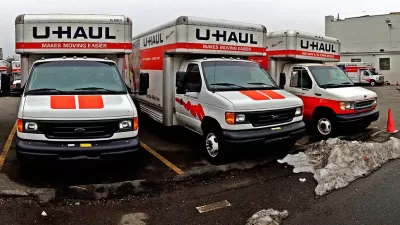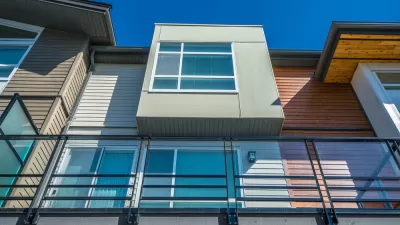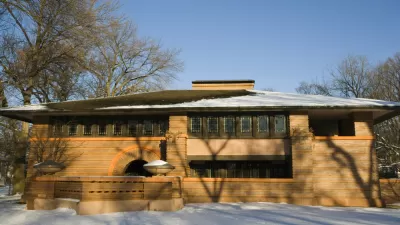The trend toward the urban has been documented from every possible angle, but a recent op-ed wonders whether it will be possible for the federal government to make a course correction that ceases the endless subsidies for the suburbs.

"For all of the attention showered on hipster enclaves like Williamsburg, Brooklyn and Portland, Ore., America is only in the beginning stages of a historic urban reordering. After over a half-century of depopulation, cities have been filling up — and not just with young millennials, but with families and even older workers and retirees," begins Vishaan Chakrabarti in a recent op-ed for the New York Times.
Chakrabati lays out a few reasons for why so many are making the choice to move to the city:
- "Crime [in cities] has remained low, while public schools and parks have been getting better in many places."
- "...the economic challenges of starting a life in the suburbs have grown..."
- "the future, inasmuch as it is tied in with issues like cultural diversity and marriage equality, is centered in the urban core."
Chakrabati is not out, however, to continue to describe the trend toward urbanization, or its possible causes and correlations. The op-ed's main point: "Given these demographic shifts, we have an unsurpassed opportunity to transform the United States into a more prosperous, sustainable and equitable country by encouraging a more urban America."
Yet the federal government, according to Chakbarati, continues to shower the suburbs with "largess" (for instance, "[the] largest subsidy in the federal system is the mortgage interest deduction, about $100 billion annually"). Finally: "I am not arguing that people should not live in suburbs. But we shouldn’t pay them to do so, particularly now that our world and the desires of our population are evolving."
FULL STORY: America’s Urban Future

Planetizen Federal Action Tracker
A weekly monitor of how Trump’s orders and actions are impacting planners and planning in America.

Canada vs. Kamala: Whose Liberal Housing Platform Comes Out on Top?
As Canada votes for a new Prime Minister, what can America learn from the leading liberal candidate of its neighbor to the north?

The Five Most-Changed American Cities
A ranking of population change, home values, and jobs highlights the nation’s most dynamic and most stagnant regions.

San Diego Adopts First Mobility Master Plan
The plan provides a comprehensive framework for making San Diego’s transportation network more multimodal, accessible, and sustainable.

Housing, Supportive Service Providers Brace for Federal Cuts
Organizations that provide housing assistance are tightening their purse strings and making plans for maintaining operations if federal funding dries up.

Op-Ed: Why an Effective Passenger Rail Network Needs Government Involvement
An outdated rail network that privileges freight won’t be fixed by privatizing Amtrak.
Urban Design for Planners 1: Software Tools
This six-course series explores essential urban design concepts using open source software and equips planners with the tools they need to participate fully in the urban design process.
Planning for Universal Design
Learn the tools for implementing Universal Design in planning regulations.
Village of Glen Ellyn
Central Transportation Planning Staff/Boston Region MPO
Heyer Gruel & Associates PA
Institute for Housing and Urban Development Studies (IHS)
City of Grandview
Harvard GSD Executive Education
Regional Transportation Commission of Southern Nevada
Toledo-Lucas County Plan Commissions





























